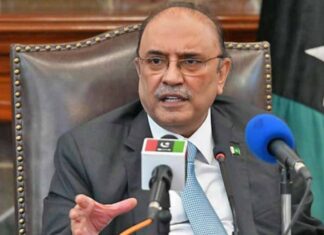Stories have been a significant part of human culture for thousands of years. They serve as a tool for passing down knowledge, values, and experiences from one generation to the next. We are surrounded by stories – some may have just begun, some may be in the climax phase, and some may have ended in tragedy or happiness. But stories never stop contributing to the construction of the reality of society. With over 22 crore people and countless stories to be heard, there is a story for everyone, the story of a martyr in a terrorist attack who didn’t want to die because he was a beloved son of his mother, or a story of a beggar who woke up on the side of the road in the morning and waits for a generous person.
Which story do you want to hear? Which story would you like to tell? The reality is that we all tend to tell stories that reflect the perspectives and experiences of the dominant class in society, such as the ruling class, political leaders, business elite, and land aristocrats. From their parties to their funerals, all aspects of their lives are glamorized in various forms of media, including literature, film, news, and social media.
Even in literature, the stories written about the upper class and elite receive more attention and recognition than those written by marginalized groups. Today entertainment industry like, Hollywood, Bollywood and Lollywood is criticized for its lack of representation and opportunities for actors and filmmakers from underrepresented communities.
In the digital age, celebrity culture is also prevalent with social media and news outlets constantly covering the actions and reactions of the rich and famous. This focus on celebrities often ignores the stories and experiences of everyday people.
However, digital media and the increasing representation of marginalized voices are changing the balance of power in storytelling. Social media and independent publishing platforms provide a space for underrepresented groups to share their stories and perspectives. The #MeToo movement and independent filmmakers and writers are examples of this shift. Additionally, our own biases and prejudices can shape the stories we choose to listen to and tell, perpetuating the power dynamic that exists in storytelling.
In conclusion, the reality of storytelling reflects the power dynamics in society. By recognizing and challenging our biases and seeking out diverse perspectives, we can work towards creating a more representative and inclusive storytelling landscape. By valuing the stories of marginalized communities, we can gain a deeper understanding of their experiences and perspectives and work towards a more just and equitable world.
ASIM Naveed
LAHORE






















